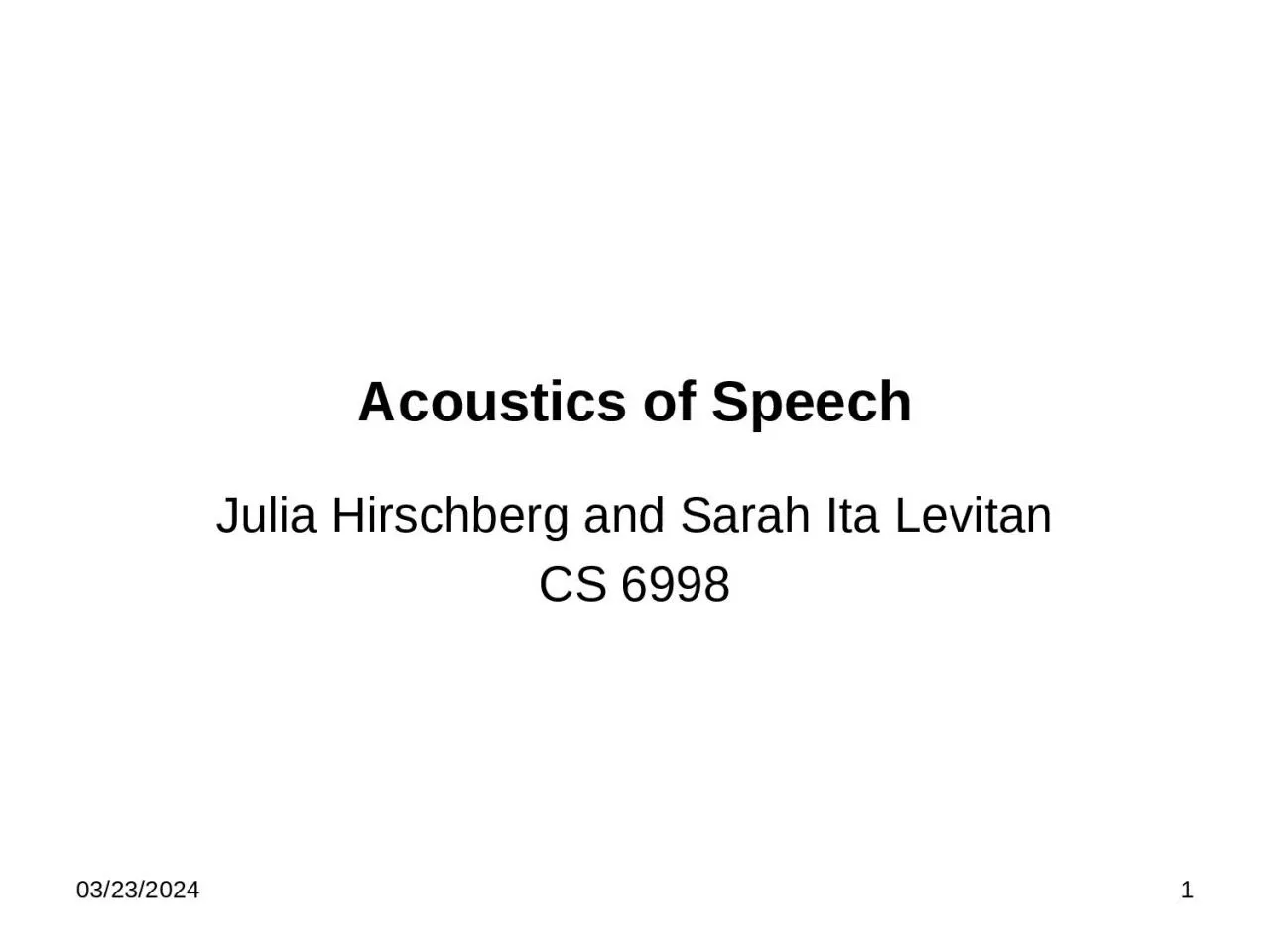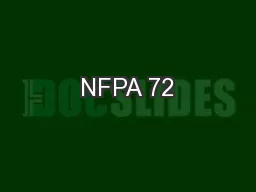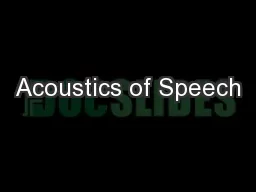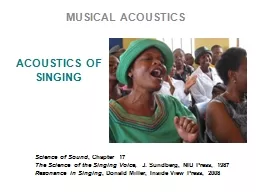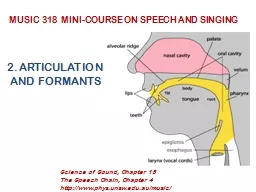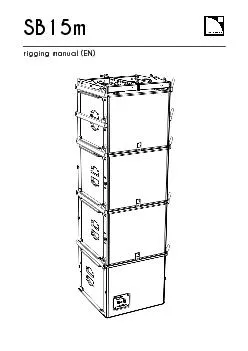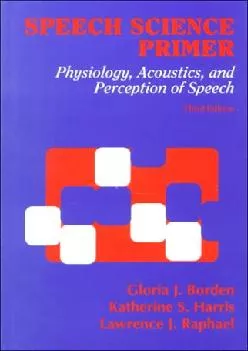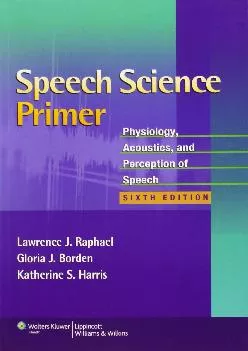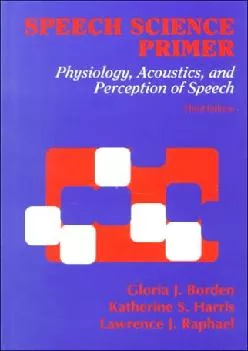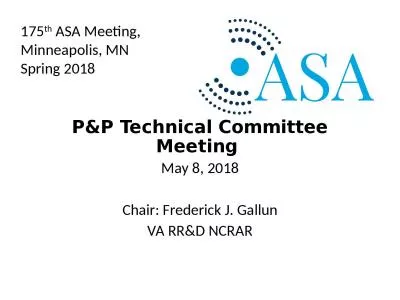PPT-2/8/19 1 Acoustics of Speech
Author : blanko | Published Date : 2023-11-08
Julia Hirschberg and Sarah Ita Levitan CS 6998 2819 2 Goal 1 Distinguishing One Phoneme from Another Automatically ASR Did the caller say I want to fly to
Presentation Embed Code
Download Presentation
Download Presentation The PPT/PDF document "2/8/19 1 Acoustics of Speech" is the property of its rightful owner. Permission is granted to download and print the materials on this website for personal, non-commercial use only, and to display it on your personal computer provided you do not modify the materials and that you retain all copyright notices contained in the materials. By downloading content from our website, you accept the terms of this agreement.
2/8/19 1 Acoustics of Speech: Transcript
Download Rules Of Document
"2/8/19 1 Acoustics of Speech"The content belongs to its owner. You may download and print it for personal use, without modification, and keep all copyright notices. By downloading, you agree to these terms.
Related Documents

